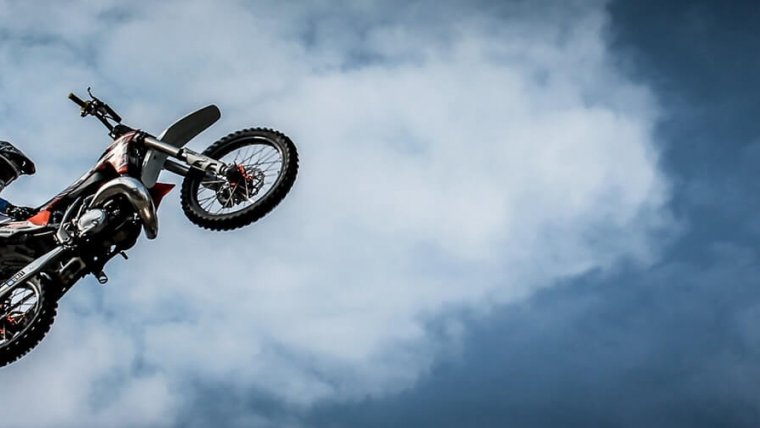
Action Photography encompasses many other genres of photography such as sports photography. However, many mistake action photography for sports photography even though this is not so. It falls under the same umbrella but can also be connected to many other things. Action photography basically entails any form of movement. For example, jumping, running, playing or even sliding can all be considered frames worthy to be under the umbrella of action photography. This, without a doubt, could be considered one of the easiest types of photography out there for beginners or even professionals like myself.
In this article, I aim to give you some useful tips to inspire or even improve your skills in the field of sports photography so let’s begin.
Table of Contents
This may just be one of your most important tips throughout the whole article. In action photography, your subject is always moving. As a result of this, you always want to work to eliminate any motion blur from showing in your image. To do this it is important we bump up our shutter speed as much as possible to capture that still frame of action. Be sure to have your shutter at LEAST 1/200 and if you still end up with some motion blur in your frame, bump it up a bit more until satisfied. There will be moments where your subject may be moving faster than you anticipated in which case you would then have to adjust your shutter speed until you get the best results. The higher your shutter speed, the better your frames get when doing action photography.
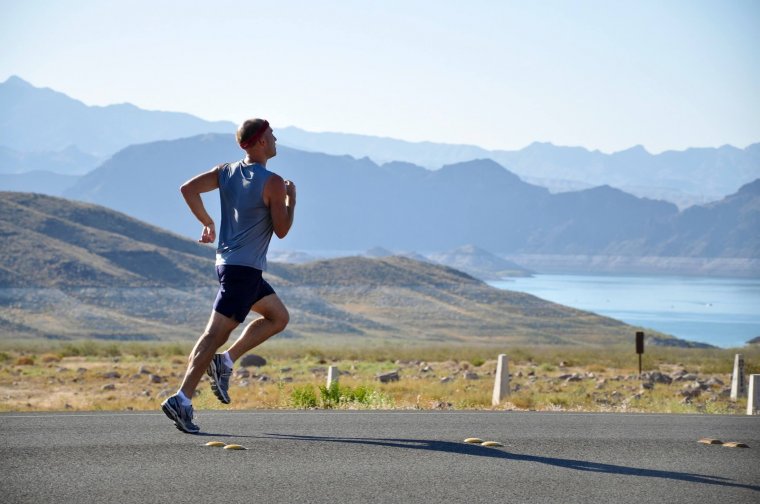
Most if not all DSLR cameras usually have a sports mode specifically for action photographer. However, in my personal opinion, the mode doesn’t always get the job done correctly. Speaking from experience there are many instances where the shutter speed the camera selected Isn’t fast enough or the ISO values are way off. This can ruin some vital shots for you if you’re shooting a sports event or even casually take couple shots of the family at home. Don’t get me wrong, it’s not completely awful as it can save you in a few instances if you’re desperate but for the most part, I would advise against depending on it. Shutter priority mode might be a bit more helpful as you only need to adjust your shutter speed and the camera will do its best to do everything else. Other than that, sticking to the good old manual mode is always a great option.

Be sure to have your camera set to continuous shooting mode. This allows your camera to capture as many frames per second of your subject. Taking multiple shots in a row will eventually yield the reward of one or two great frames. When doing this be sure to have an SD card in your camera that happens to write images fast enough. There are many times where I had a regular SD card in my camera while shooting continuous in RAW and after about 4-5 frame my camera freezes up and I can’t take any more shots until it’s done. This usually only happens when shooting in RAW due to the file size. If you plan to shoot in JPEG format you will more than likely not run into this problem too often.
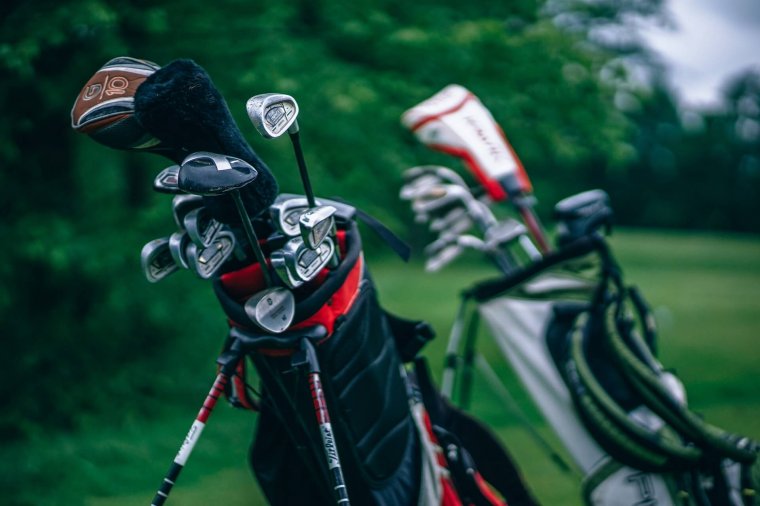
Setting your focal point to the center of your subject often makes for an amazing focused shot. When doing action photography obviously entails a lot of movement within your frame. Your camera doesn’t always get the focal point correct and as a result, you end up with frames that have the subject out of focus or blurred. Have your focal point set will help in the composition of your shot as well have a great edge to edge sharpness.
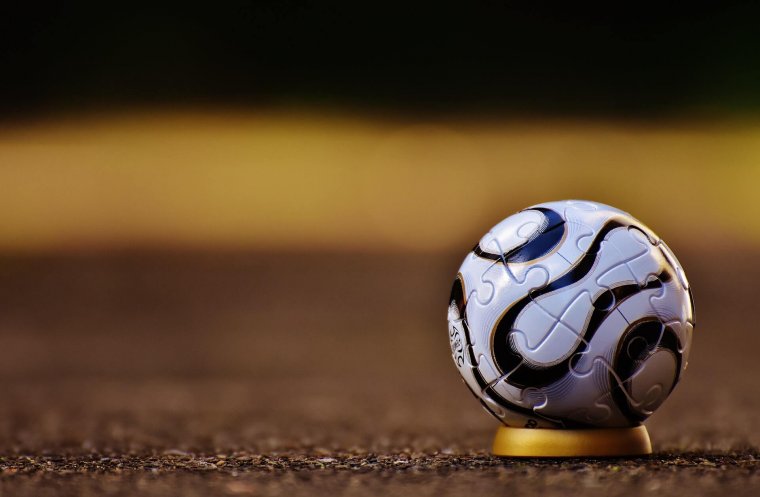
Pay keen attention to your aperture levels as this can also affect the sharpness of the overall image and your subject. Keep in mind a low aperture tends to create a shallow depth of field which essentially takes away from your subject being sharp. To prevent this, it is recommended that you keep your aperture at about f/5.6 or a larger number. This helps to improve the edge to edge sharpness in your images along with keeping your subject in full focus without the depth of field effect.
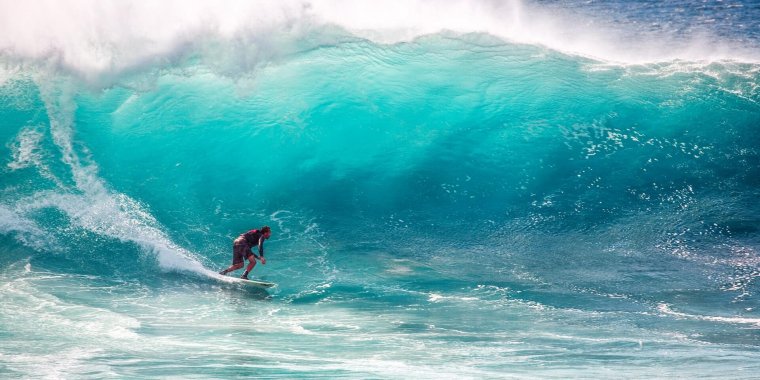
My general go-to lens for action photography is my standard Canon 70-300mm or the Canon 70-200mm. I change these depending on the distance between me and my subject when I arrive on location. If you are shooting a lot of sports events from the sideline then that Canon 70-300mm can get the job done. However, for your common day to day usage of the family or just a few friends being active then the Canon 70-200mm f/2.8L IS II USM will do a super job.
We truly hope this article has been helpful. Until next time, thank you for stopping by
Comments (0)
There are no comments yet.